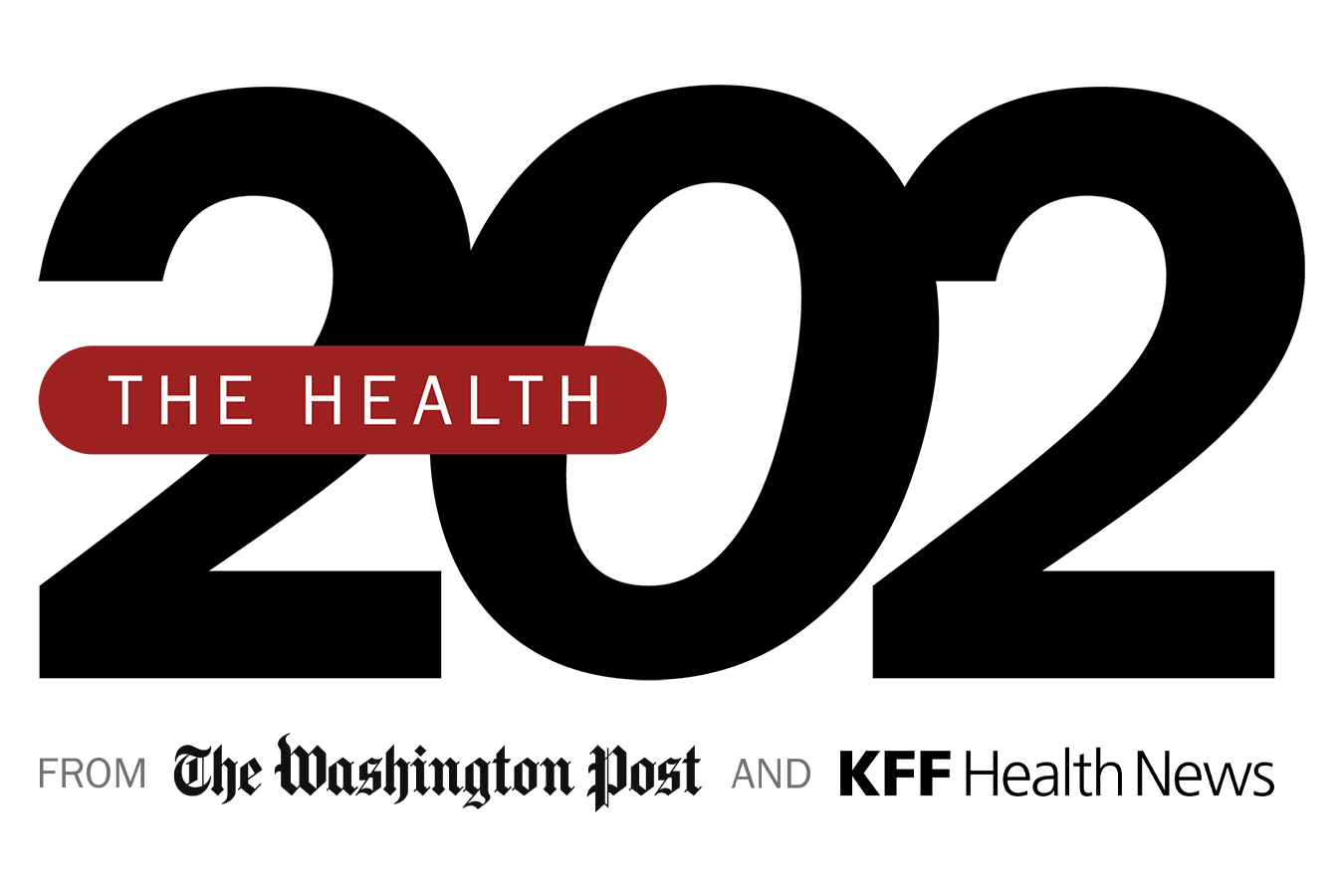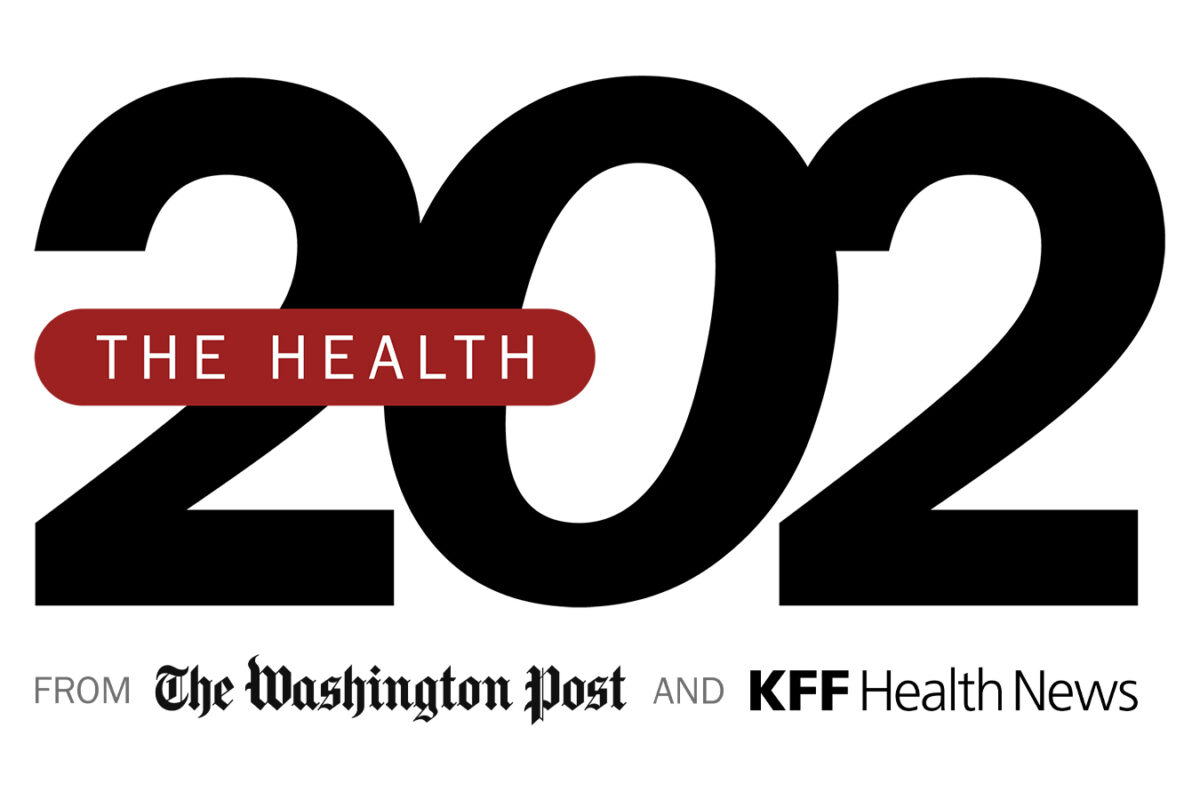This post was originally published on this site

Street medicine, the practice of caring for homeless people outdoors, is a burgeoning field — an unfortunate reality as America confronts a growing homelessness epidemic. But it’s at least become a little more rewarding after the Biden administration made an under-the-radar yet revolutionary change to Medicaid.
Starting this month, doctors, nurses and other providers can bill the program for low-income people for treating the homeless anywhere they are — indoors or on the streets. Previously, Medicaid generally paid only for care delivered in traditional settings like hospitals, clinics and offices.
Now, practitioners of street medicine are asking for more: higher Medicaid payment rates to reflect the cost of their services, which they say are far more labor-intensive and time-consuming than health care delivered at hospitals or clinics.
“Rates have to reflect the difficulty of the work so this can be sustainable,” said Michelle Schneidermann, a street medicine expert who previously led homelessness initiatives at Zuckerberg San Francisco General Hospital and is now director of people-centered care at the California Health Care Foundation.
Cities around the country are grappling with a homelessness crisis that is also a health-care crisis.
People living outdoors are often addicted to hard drugs and suffer from mental illnesses and chronic diseases. At the same time, they’re notoriously difficult patients. Street medicine started gaining traction about 25 years ago, and today there are more than 150 programs across the country, according to practitioners. At least 50 are in California.
Advocates for the homeless and the people who care for them say their medical needs have long been overlooked by the conventional health-care system and the institutions that pay for care, including the government.
“The way we treat people in health care is way different than how we approach people who are outside living under bridges and in encampments,” says Jim O’Connell, who leads Boston’s Health Care for the Homeless Program, one of the first street medicine programs in the country. “This is a population that has more severe and persistent mental illness than any other group we know in America.”
O’Connell believes the new billing change could dramatically expand street medicine and integrate it into the current system of care — broadening the definition of how and where health care is delivered. Yet much work has to be done to build infrastructure and get the industry on board, he said.
Some homeless people are already enrolled in Medicaid — usually in states that expanded the program under Obamacare. But many go uninsured even in states that have embraced the Affordable Care Act, and street medicine teams are poised to sign up patients they encounter in the field. Experts in one leading program in Los Angeles, for instance, say roughly 60 percent of patients they encounter are already enrolled in Medicaid (a fraction that is probably far lower in other states). Once engaged by street medicine teams, the percentage rises to roughly 80 percent.
Now that they can consistently bill Medicaid for their work, street medicine practitioners are planning a coordinated lobbying campaign to win higher payment rates, as well as a major PR effort to entice more providers and Medicaid health insurers to participate.
But so far only a handful of practitioners are working around the country to build support. They’re advocating for new legislation in Congress that would further expand street medicine; leading training and education initiatives with professional health-care trade groups like the American Academy of Family Physicians; and spreading the word about new billing mechanisms in states such as New Mexico.
In California, a growing street medicine collaborative is pressing health insurers to contract directly with street medicine teams to make services more readily available.
“The next big thing in street medicine is boosting rates,” said Brett Feldman, a provider with USC Street Medicine, who led the charge to persuade the federal government to expand reimbursement. “In street medicine, you’re out physically looking for your patients versus them coming to you, so it just takes longer. And it takes time to build trust.”
This article is not available for syndication due to republishing restrictions. If you have questions about the availability of this or other content for republication, please contact [email protected].
